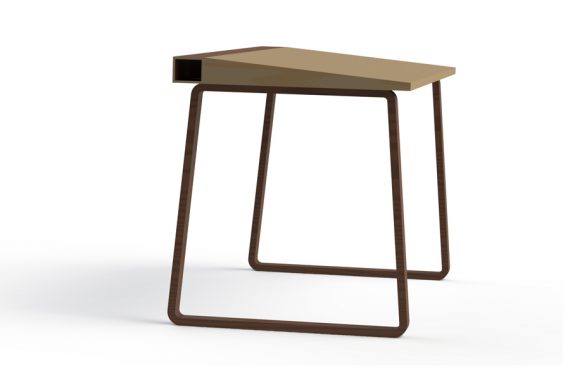
At first sight, students fall in love with the idea, it seems like something so obvious, a desk with a sloping surface. Cut to a few weeks later and they hate everything about it.
What happened?
Desks with sloped surfaces were born with the belief that an inclined surface would be much easier to use to write and read on than a surface that is parallel to the ground. This happened at a time when students would maintain handwritten copies of class and lecture notes, and it helped those students. It is still true, for the most part; writing does become easier, but at what cost?
The most obvious problem with sloped desks is that things you put on them tend to fall off – books and pens are fine, but with a transition to a more digital world where pdfs are circulated as much as hardcopies, dropping the laptop you use at school from such a table is a nightmare waiting to happen. And if the designer provides a ledge or lip to prevent things from falling off (not that this helps very much), then it creates and edge that can cause pain and discomfort around the students’ elbow area over time. Next is the fact that it becomes that much easier to copy from the person sitting in front of you during tests. Finally, is the issue that it becomes much harder for teachers to see what their students are doing on their desks – something of a boon to students but something that becomes a pain for teachers in the long run.
This is why flat surface tables without any slope are popular. These surfaces are the most versatile (you can read, write, use a laptop, conduct experiments and draw on them) and sturdy of all the types of desk surfaces, and are the reason why sloping desk surfaces only represent a design direction with outdated user experience research.
